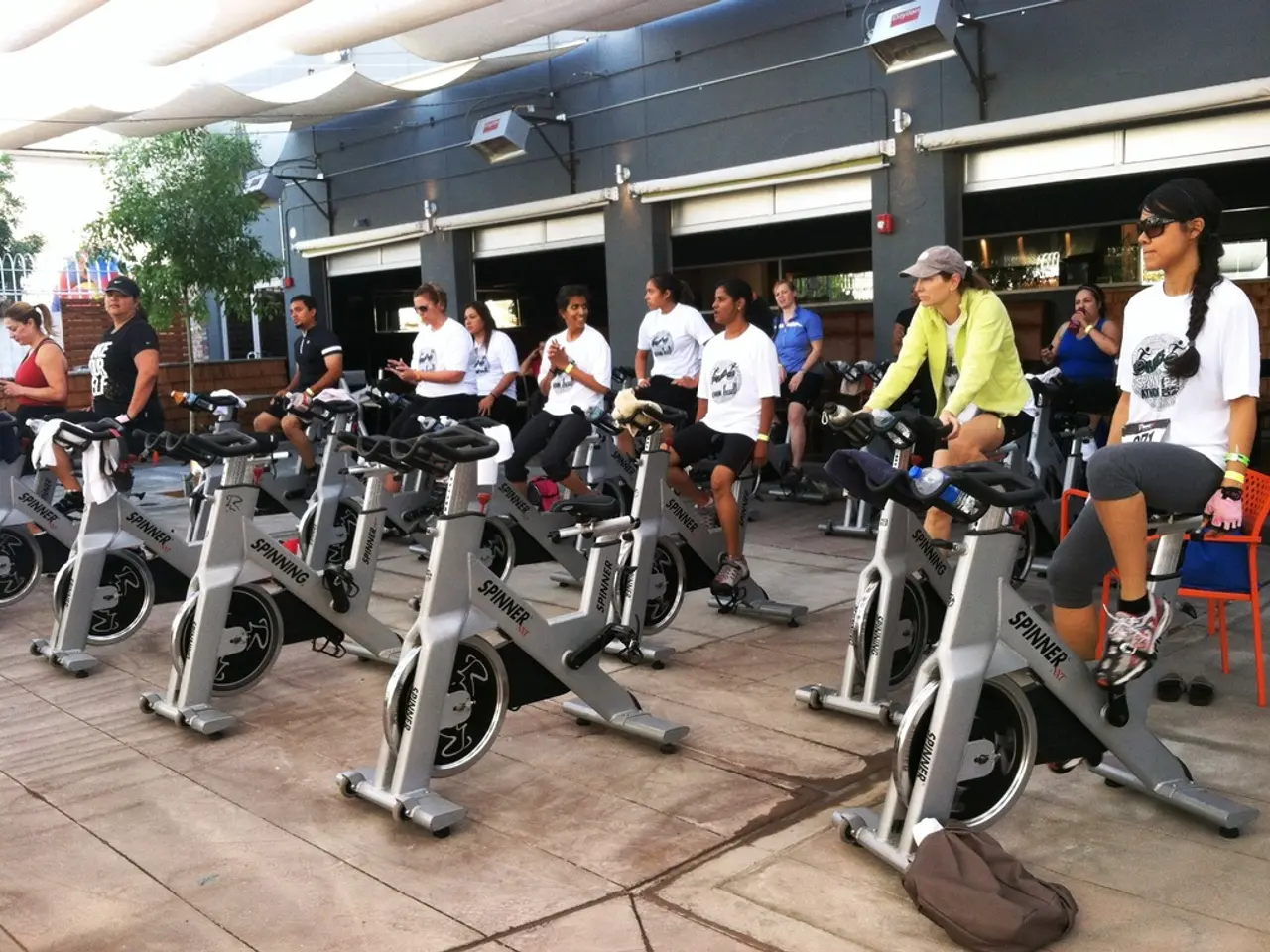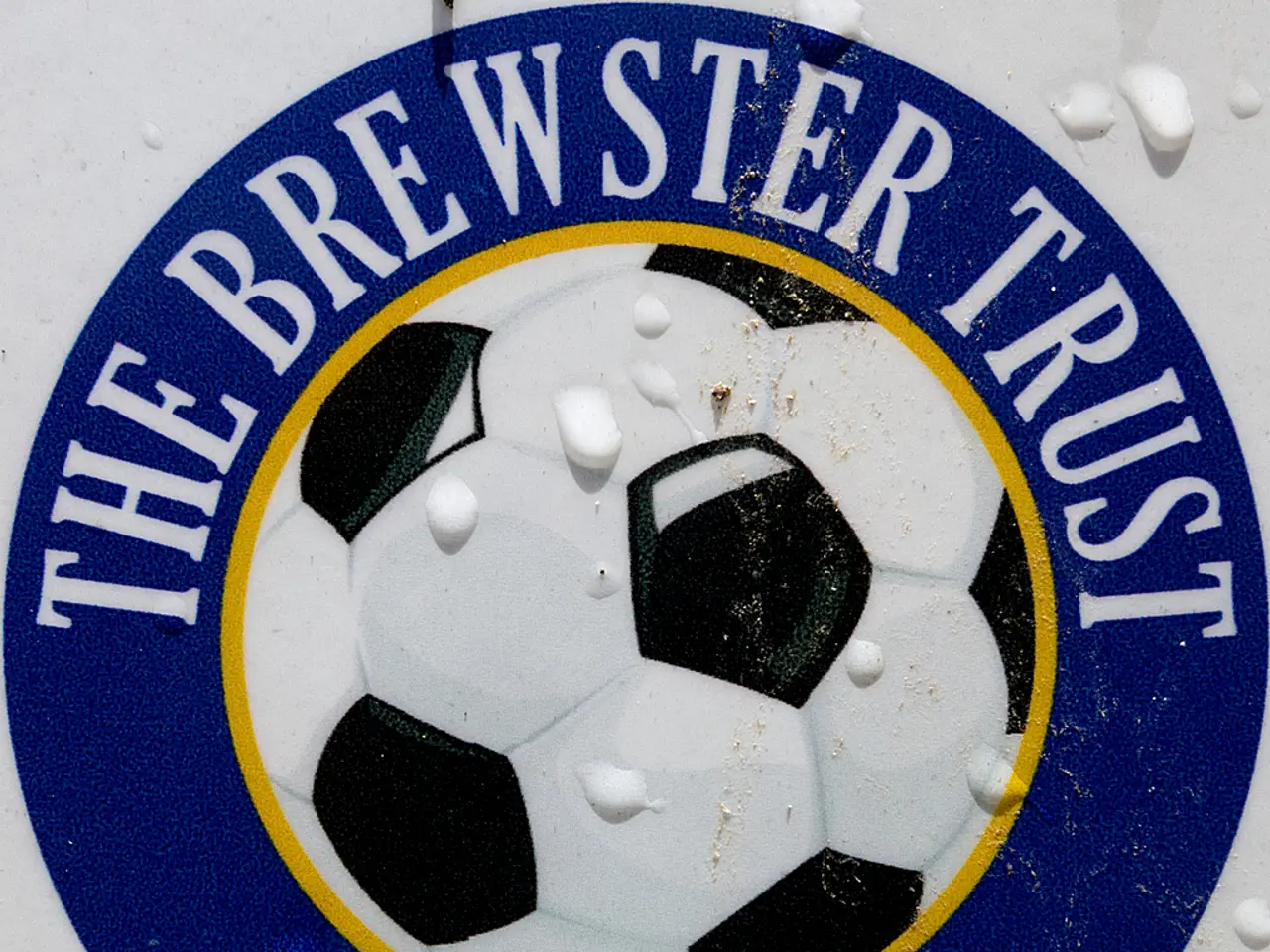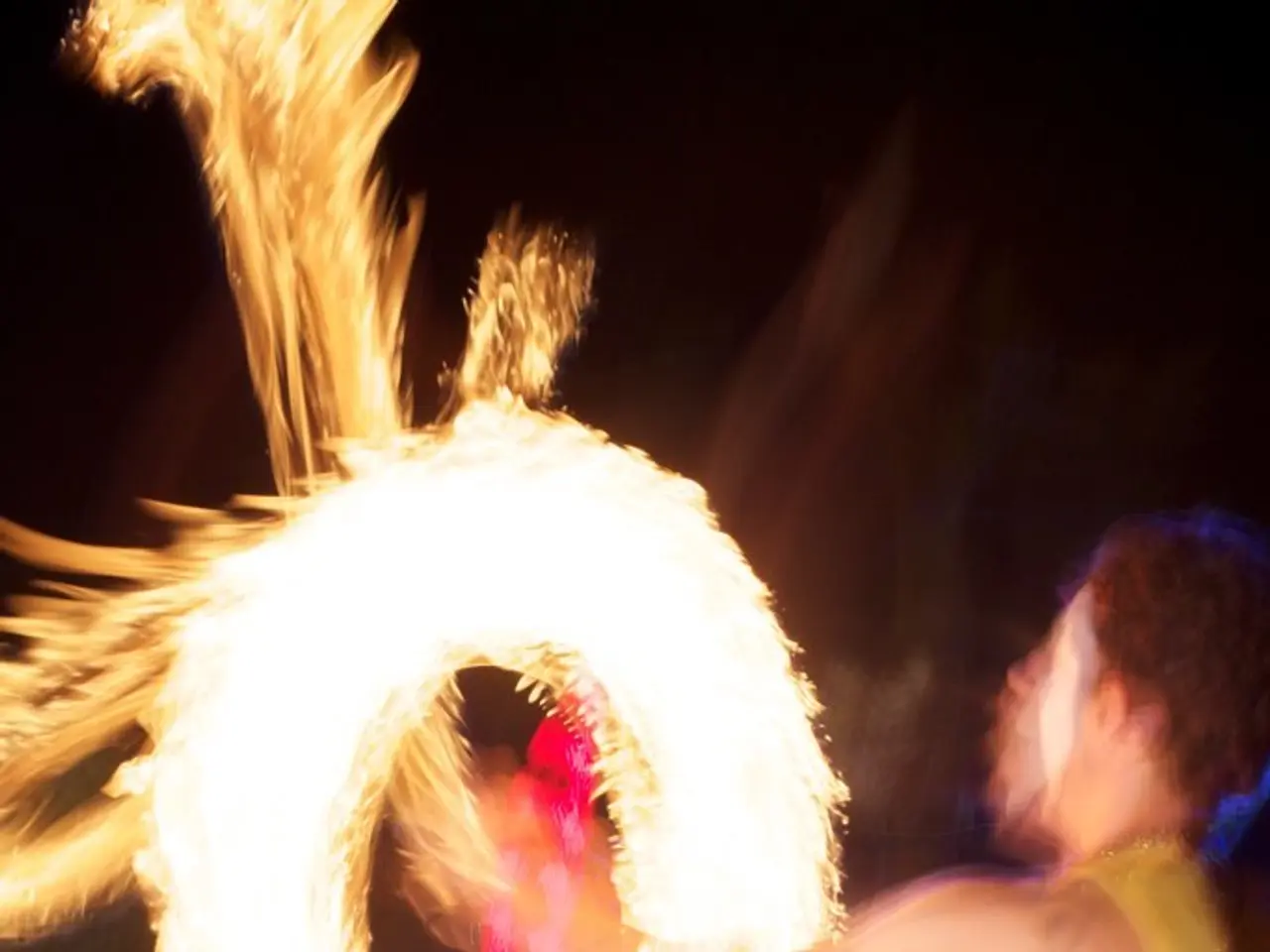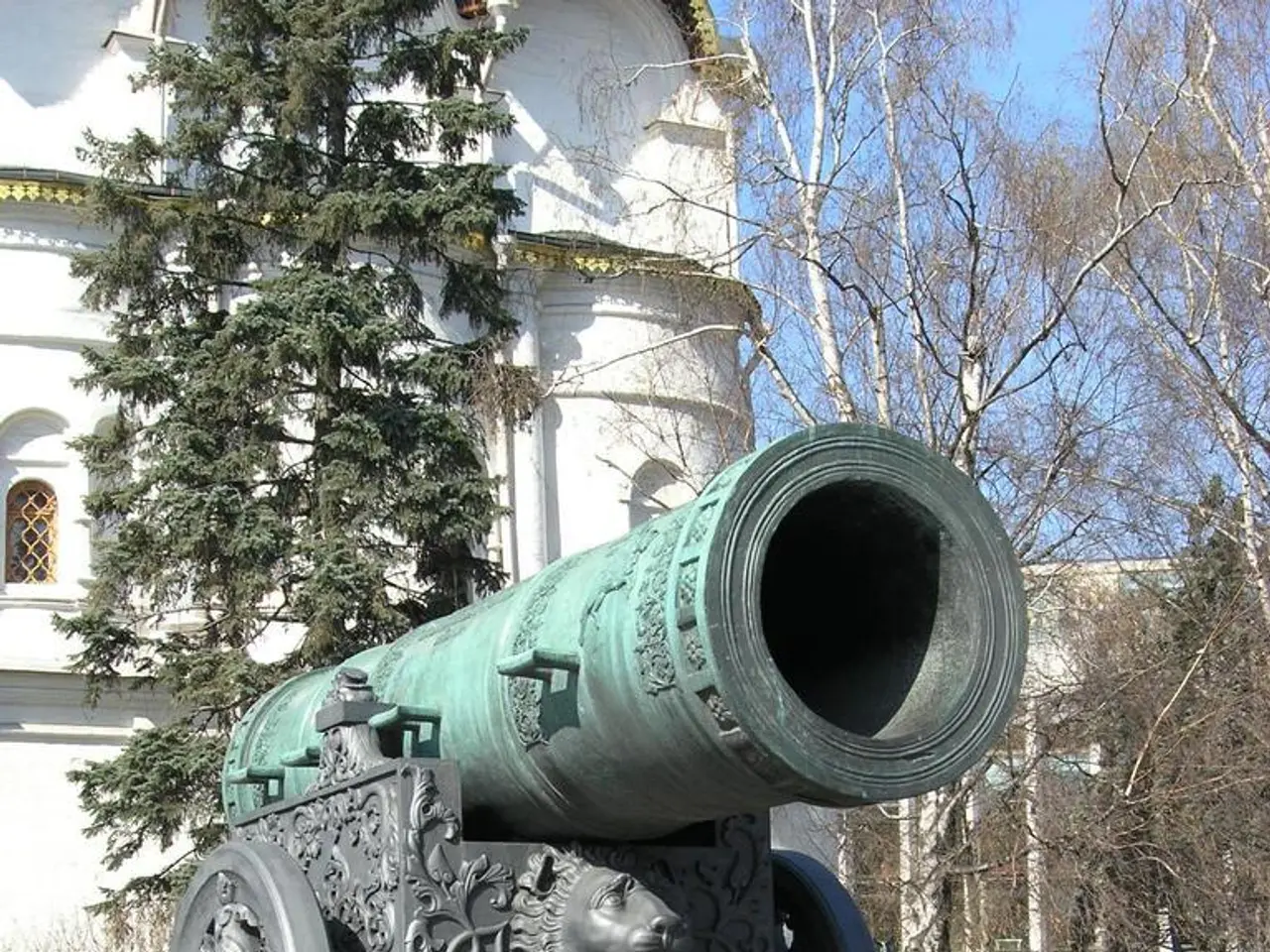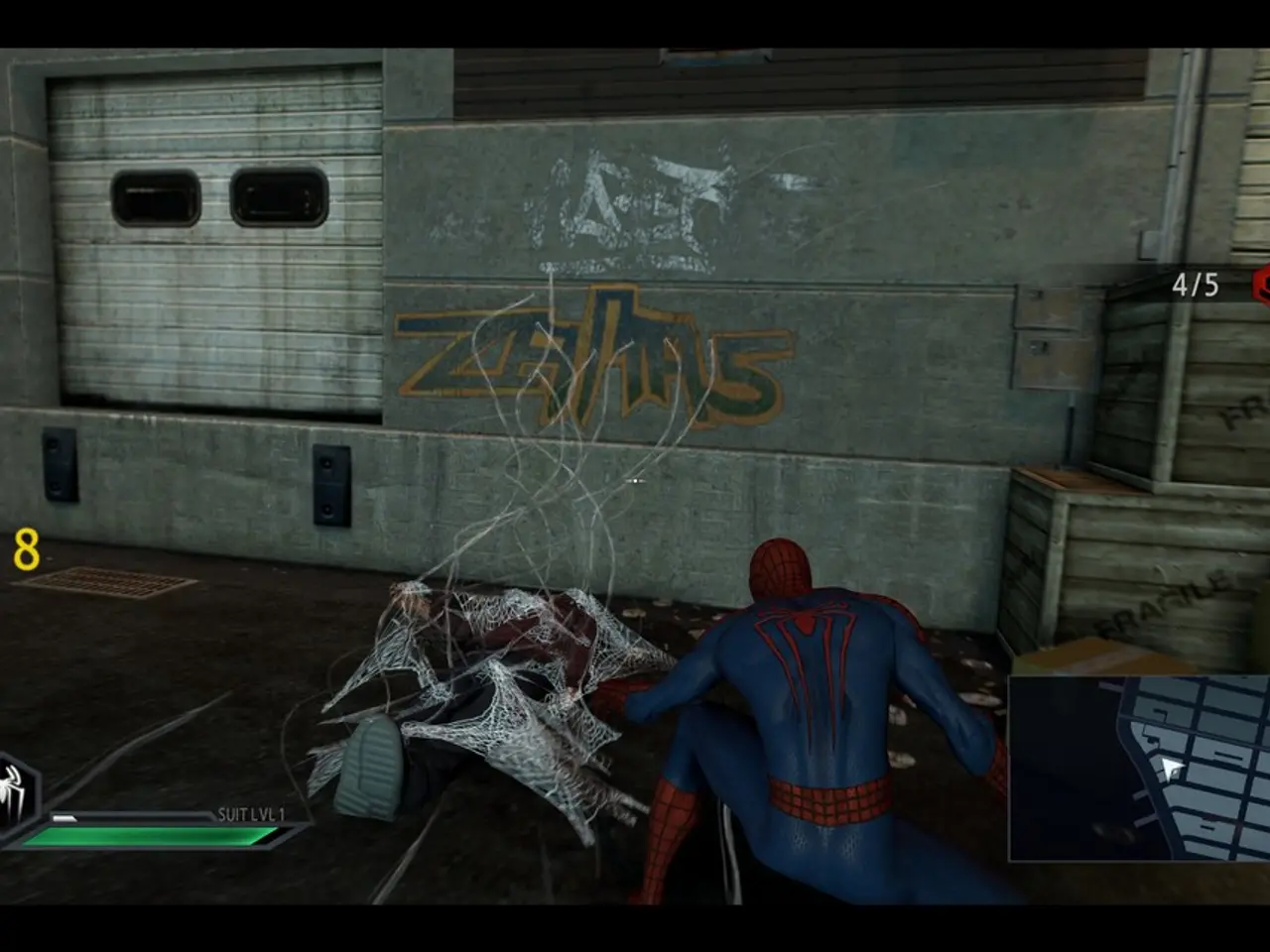Ultra marathon challenges: 2 competitive events spanning 48 hours, covering 217 kilometers under intense heat conditions
In the blistering heat of Death Valley, California, 66-year-old Danny Westergaard recently completed the gruelling 135-mile Ultramarathon Badwater, a race that pushes participants to their physical and mental limits.
## The Challenges
The race, which takes place over 48 hours, presents significant health challenges, particularly in managing heat and dehydration. Runners face extreme temperatures, often above 120°F (49°C), leading to dehydration and heat stress, which can result in organ failure if not properly managed.
Gastrointestinal problems are also common, leading to vomiting and further dehydration. Another concern is hyponatremia, a condition caused by excessive water intake without adequate electrolyte replenishment, which can lead to serious health issues.
## The Strategies
To overcome these challenges, runners employ a variety of strategies. Maintaining proper hydration is crucial, with runners using a combination of water and electrolyte-rich drinks to prevent dehydration and hyponatremia.
Cooling measures, such as using cooling sprays, ice packs, and cold towels, are also essential to manage body temperature. Consuming electrolyte-rich foods or supplements is important to maintain electrolyte balance and prevent hyponatremia.
A well-prepared support crew is vital, providing essential hydration, cooling measures, and medical supervision throughout the race. Runners also emphasise the importance of mental toughness and resilience to endure the physical challenges of the race.
Regularly checking urine output and colour can help runners assess their hydration status and prevent severe dehydration.
## Westergaard's Journey
Westergaard, who has participated in the Ultramarathon Badwater 135 for 18 years, faced these challenges head-on. During the final mountain ascent of 1447.8 meters (4750 feet) to the finish line, he walked at a snail's pace, feeling sleepy. He even took a 15-minute nap under the moonlight at 3:10 AM at kilometer 98 (157.72 kilometers).
Despite these challenges, Westergaard completed the race in 45 hours and 29 minutes, calling it his most special race. His support team, including his daughters Meagan and Madison, provided him with food, ice, water, and electrolytes.
## The Impact of Global Warming
Death Valley is not immune to global warming, with seven of its hottest summers occurring in the last 10 years. This increasing heat makes the race even more challenging for participants.
In conclusion, managing the Badwater 135 requires a combination of physical preparation, strategic hydration and electrolyte management, mental toughness, and the support of a dedicated crew. For Danny Westergaard, this race is a testament to his resilience and determination, making each step towards the finish line a triumphant one.
[1] Wolf, T. (2018). Older adults and extreme endurance events: A kinesiological perspective. Journal of Aging and Physical Activity, 26(2), 440-448. [2] Westergaard, D. (2020). The Badwater 135: A guide for runners and support crews. Grit and Grace Books.
In the face of the extreme health challenges presented by the arduous Badwater 135, such as dehydration, heat stress, gastrointestinal problems, and hyponatremia, runners like Danny Westergaard employ strategic measures, including maintaining proper hydration with a combination of water and electrolyte-rich drinks, employing cooling measures, consuming electrolyte-rich foods or supplements, and relying on a well-prepared support crew for essential hydration, cooling measures, and medical supervision. Sports-analysis of his journey reveals that despite the physical and mental trials, Westergaard, a seasoned runner, demonstrated resilience and health management skills, which contributed to his victory in the record-breaking heat of Death Valley, a region greatly impacted by global warming.
